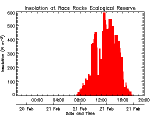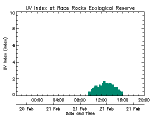The first Elephant Seal pup of the 2021 birthing season came on December 22 2020, and began it’s 23 days of nursing the day after (it took him awhile to figure out how to nurse). Elephant seal pups only have a couple of weeks to get big enough and healthy enough to survive alone after their moms wean them and abandon them on Race Rocks; which means their life is essentially just to feed, nap, and snuggle with their moms. It’s hard to show how impressive it is to see how fast they put on weight, with the pup doubling in size over the first few days. Here’s a video of the growth of ‘Cheermeister’ over his first 12 days of life.
https://youtu.be/ltMsnNRYTmU
Also see other posts on elephant seal pups born at Race Rocks, the most northerly pupping colony for e-seals on the Pacific coast: https://www.racerocks.ca/tag/pup/


